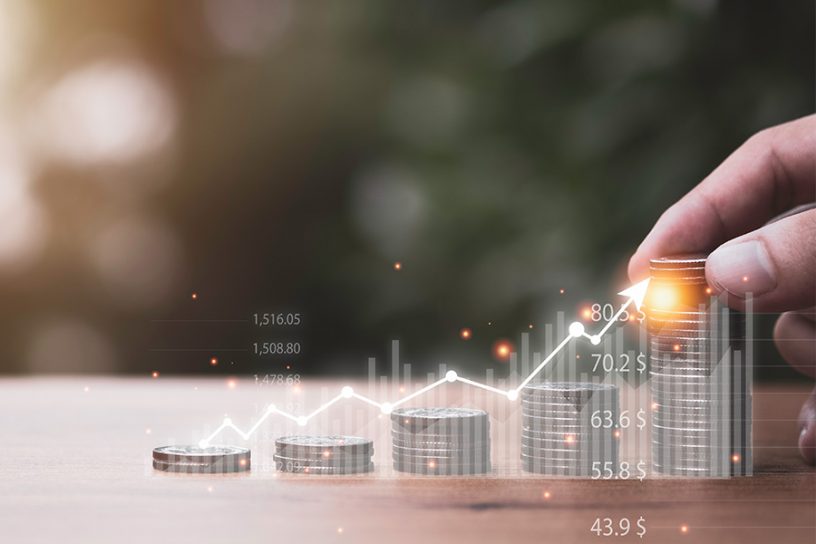
As of now, party politics is directing the overall narrative of ‘price control’ and the government is skirting around a sound economic policy response, says the author.
Author
Deepanshu Mohan, Associate Professor of Economics and Director, Centre for New Economics Studies (CNES), Jindal School of Liberal Arts and Humanities, O.P. Jindal Global University, Sonipat, Haryana, India.
Summary
The Reserve Bank of India (RBI) raised its key interest rate by 50 basis points this Wednesday, taking the repo rate to 4.9% while raising its inflation projection for the current fiscal to 6.7%, well above the upper end of the central bank’s target range of 2% to 6%.
Analysts also expect the RBI to reduce liquidity, reinforcing its fight against inflation and extending its effort to return monetary conditions to what they were like before the COVID-19 pandemic, which led to radical action to stimulate the economy.
In simpler times, the RBI’s hawkish monetary policy stance will further push short-term borrowing costs higher, as loans, credit card payments and all other business-personal lines of credit from banks become costlier.
This is at a time when retail and, particularly, wholesale inflation (producer prices) figures have been soaring across India, as also in most countries across the globe (see Figure below).
Published in: The Quint
To read the full article, please click here.


